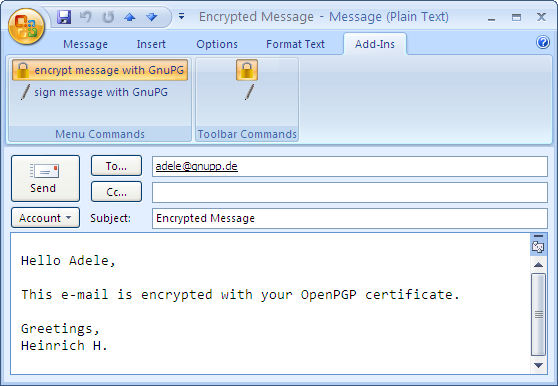
I searched the Web for two hours and have not found anything yet.Įxchange Server 2007. Now my manager is pushing me to find a solution for this. If you want to give a delegate access to see your private items, do the following. This lady who found the problem is incensed that a very discrete appointment was seen by one of her co-workers. An active connection does not exist between Outlook and Office 365. All I have ever known is that you can set it to "Private" and all the other people see is "Private Appointment" with the key icon.Īfter a little research on the Web I found that when you mark something "Confidential" it is supposed to show on your Calendar but for others they should not even see that you even have anything scheduled at all. Until this time I had not even heard of anyone setting anything in their Calendar as confidential.
#What does outlook private do how to
For more information on Delegate Access read the Knowledge Base article on How To Enable And Use Send On Behalf Permissions In Outlook.We are using Office 2003 Outlook and a user brought to my attention that she marked a calendar item "Confidential" but other people can still see all the details. The only way to allow other users to view private items is to grant them Delegate Access through Outlook with the option Delegate can see my private items enabled.
#What does outlook private do full



For the rare cases when the built-in role does not fit the situation you can customize them for a folder in Outlook:.

Only a user with Owner level permission to a subfolder can modify (for example, rename) or grant permissions to that subfolder.If users did not create a folder, they would not be able to remove its subfolders regardless of their permissions. Only users who create a folder can delete its subfolders.Please find below the table describing Outlook permissions. Moreover, it is possible to publish your calendar to the Internet with a limited level of permissions. It may apply to specific folders within mailbox, public folders, Sharepoint site or libraries. In Exchange, you can share data with users from your organization with certain permission levels.


 0 kommentar(er)
0 kommentar(er)
